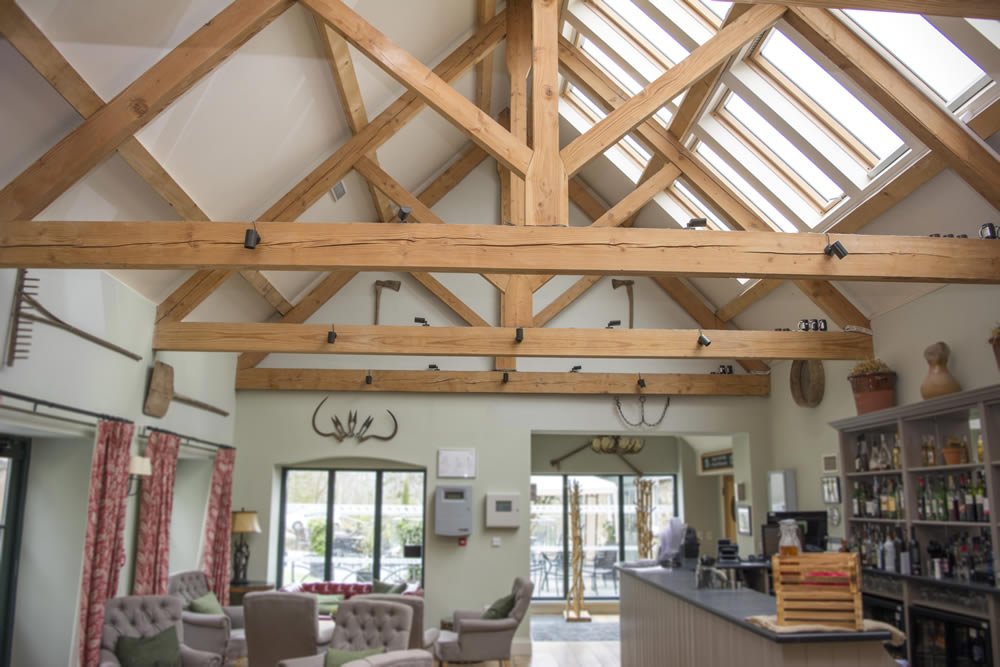
Roof trusses are the most popular choice of roof structure in the UK due to their many advantages. They are reasonably quick to install, designed to perfectly fit a building, and a more affordable option than other methods.
Choosing roof trusses is also the more eco-friendly solution. They can save up to 30% on timber in comparison to trussed rafters. At Aber Roof Truss we also choose to use only sustainable timber when manufacturing trusses.
Roof trusses, like roofs, come in many different shapes and sizes. The shape and size you need depends on your building project. To decide one which one is the best solution please get in touch and we can assist you.
These are the most common styles roof truss:
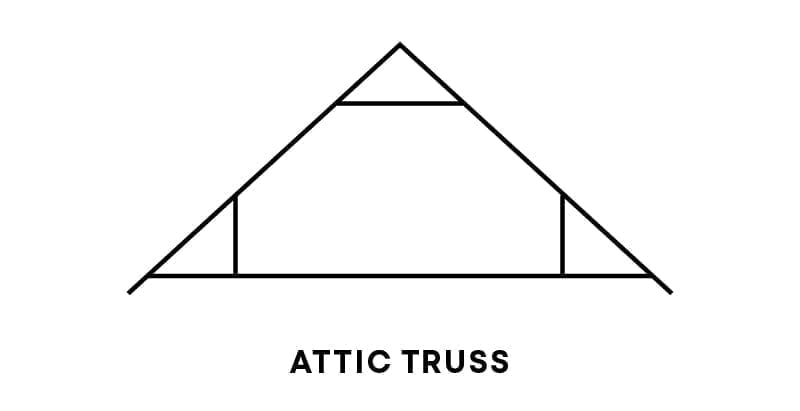
Attic Truss
The attic truss is a simple structure, and is sometimes referred to as the “room in roof truss”. This provides the structure to the roof, whilst also forming the floor of the attic too. Attic trusses are continuously growing in popularity because they offer more living space to the house without changing the design.
For further information about our attic trusses you can look at our page here.
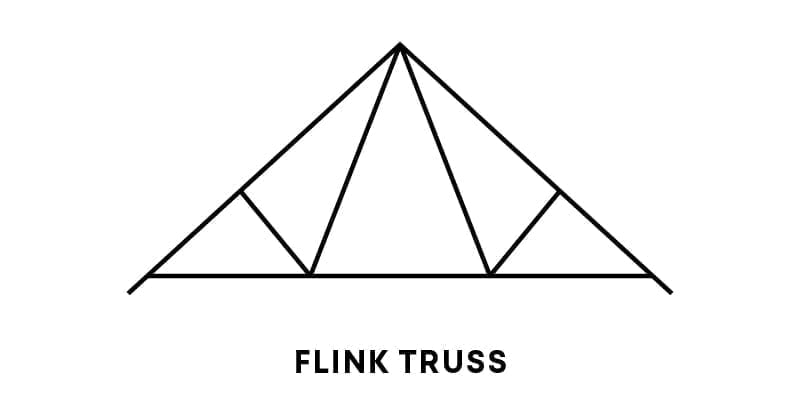
Fink Truss
A Fink truss is probably the most common style of truss used on homes. This style of truss has an internal ‘web’ of wood that resembles a W shape. This web provides the truss with the best strength using the smallest amount of material. They cover rooms which span around 5m to 9m – covering the majority of home builds.

Hip Truss
A hip truss forms the structure of a hipped end roof. They are built without the tip and the top of the truss in order to fit. This style truss can also be used to provide a flat section of roof between slopes where the overall height of a building is a problem.
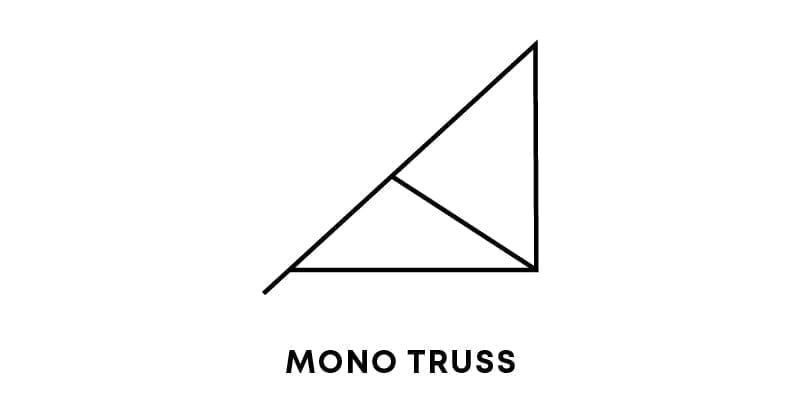
Mono Truss
Mono trusses resemble half a full roof truss. They slope down in only one direction, and are used to make multiple level roof lines. They can be used to add more roof to an existing building.
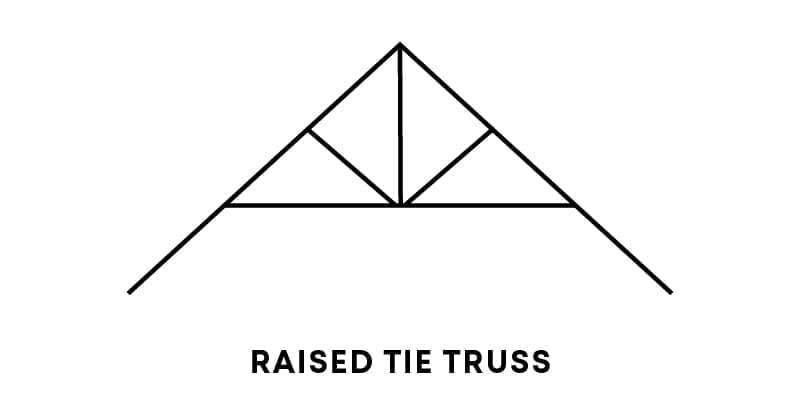
Raised Tie Truss
Raised Tie trusses have their low beam of wood higher up their structure. These are used where you would want to get the maximum headroom in a space available. They increase the height of the room without the need to increase the height of the actual building.

Scissor Truss
A Scissor Truss is similar to the raised tie truss, but it creates a sloping ceiling at a shallower angle to the outer structure. This gives more flexibility to the design.

